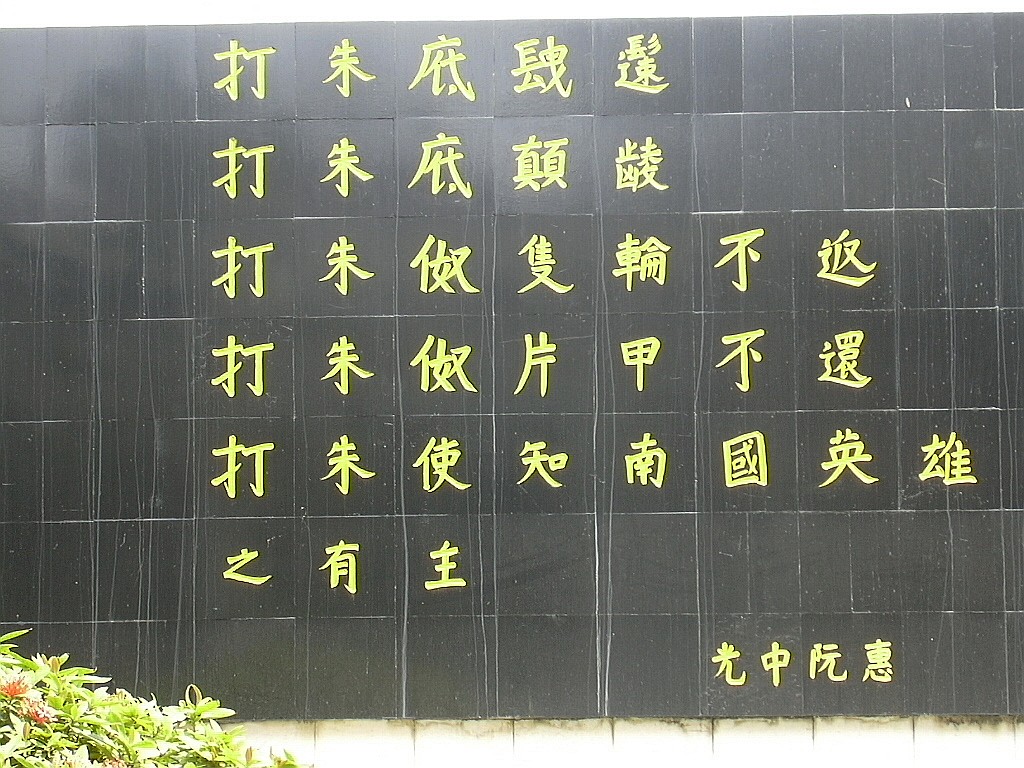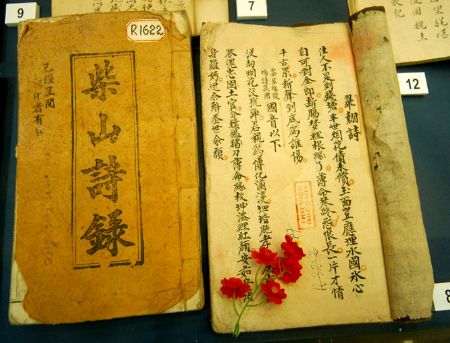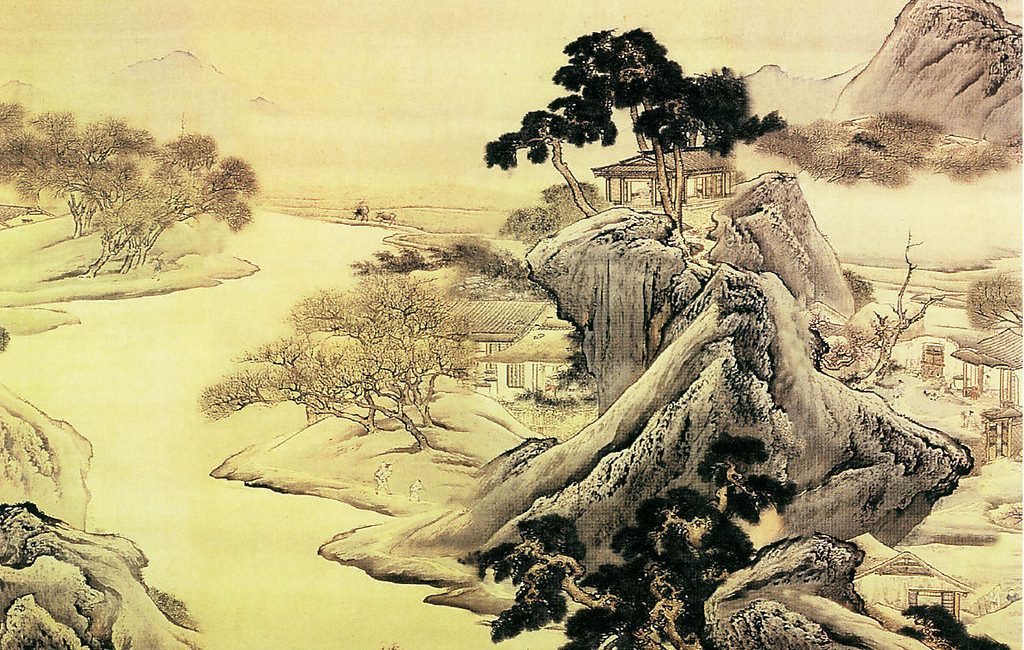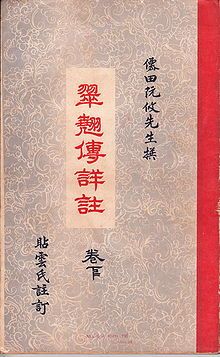Những vấn đề dịch Kiều sang tiếng Anh

John Balaban, Ngô Thanh Nhàn, Ngô Trung Việt,
Vũ Xuân Lương, Lê Văn Cường, Lương Thị Hạnh,
Tô Trọng Đức, Ngô Thanh Giang
Hội Bảo tồn Di sản chữ Nôm và Nhóm Nôm Na
Hội nghị Quốc tế về chữ Nôm
Huế, 1-2 tháng 6 năm 2006
Tóm tắt
Truyện Kiều của Nguyễn Du là một áng văn chương bất hủ của thế giới, đã được dịch ra văn xuôi và văn vần nhiều thứ tiếng, và đã qua bao nhiêu phiên bản chữ quốc ngữ. Người Việt Nam bất cứ ở đâu cũng trân trọng Truyện Kiều, nhưng ít người biết chưa có một phiên bản nào gọi là nguyên bản chữ Nôm do chính Cụ Nguyễn Du viết. Thật thế, hầu hết các ấn bản đã in bằng chữ quốc ngữ trong hay ngoài nước Việt Nam không in lại nguyên bản chữ Nôm, chỉ có một số ít gẩn đây chụp lại phiên bản chữ Nôm khắc gỗ.
Câu hỏi đặt ra là phiên bản Truyện Kiều nào là bản đúng? Hiện nay có vài chục phiên bản Truyện Kiều khác nhau. Trong số đó, có lẽ 5 bản tiêu biểu được các nhà nghiên cứu quan tâm khả dĩ cho ta một cái nhìn tương đối sâu vào văn bản học và nội dung văn chương. Nhưng dịch giả làm sao có thể cho thấy hết sự khác nhau của chúng phản ánh trong bản dịch của mình?
Công việc của Hội Bảo tồn Di sản chữ Nôm và Văn phòng Nôm Na tại Việt Nam có thể cho ta một cách nhìn bao quát về Truyện Kiều và có thể thiết lập một quy trình đưa đến một bản Truyện Kiều “đầy đủ”, trên mạng và bản in với phông TrueType, đối chiếu chữ Nôm, chữ quốc ngữ và tiếng Anh.
Một khối lượng công việc mà chúng tôi đã thực hiện trong một năm qua bao gồm: lựa chọn 5 phiên bản Truyện Kiều tiêu biểu, xây dựng kho ngữ liệu cho 5 phiên bản, tổ chức cơ sở dữ liệu cho 5 phiên bản đầu tiên, đưa chúng vào dạng XML (eXtensible Markup Language) cùng với các thao tác hỗ trợ người sử dụng.
Quy trình này cho phép những người yêu văn chương, học trò, học giả và chuyên gia cùng thưởng thức, cũng như cho phép các nhà nghiên cứu văn bản học thực hiện các thao tác văn bản, so sánh các phiên bản chữ Nôm khác đã hay sẽ tìm được.
Introduction
John Balaban, President
Vietnamese Nôm Preservation Foundation
In 1971-1972, during the war, I first encountered the Truyện Kiều: At that time I had a grant from the U.S. National Endowment for the Humanities to collect ca dao on tape. I traveled in the south of Vietnam to record the ca dao of farmers and fishermen. In Huế, I met Lê Thanh Cảnh, then 80 years old, who had been an official in the last imperial court and who was a collector of ca dao himself. Mr. Cảnh took me to meet Trần Ngọc Hảo, then 70 years old, who had been his palanquin bearer. Mr. Hảo sang this famous ca dao:
[play Trước bến Phu Văn Lâu]
Trước bến Phu Văn Lâu
Chiều chiều trước bến Phu Văn Lâu.
Ai ngồi, ai câu, ai rầu, ai thảm,
Ai thương, ai cảm, ai nhớ, ai đợi, ai trông.
Thuyền ai thấp thoáng bên song,
Đưa chi nhiều câu mái đẩy,
Chạnh lòng nước non.
Evening, and all around the King’s pavilion
people are sitting, fishing, sad and grieving,
loving, in love, remembering, waiting, watching.
Whose boat plies the river mists
offering so many river songs
to move these mountains and rivers, our nation?
It contains a line from Kiều: Thuyền ai thấp thoáng bến sông. The strong feeling of Mr. Hảo’s singing, and the idea that the folk tradition and literary could merge so easily was fascinating to me. I can say that Ưng Bình, Thúc Giạ Thi, with his literary ca dao about King Duy Tân’s disappearance, led me to Kiều. After 34 years I am happy to be back in Huế again and to join in the city’s celebration.
*
Nguyễn Du’s Truyện Kiều is an undisputable classic in the great library of world literature, translated into both the prose and poetry of many foreign languages, and enduring in dozens of editions in its native tongue. While it is treasured by Vietnamese everywhere, many are unaware that there is no definitive edition of the original chữ Nôm version that Nguyễn Du wrote. Indeed, most editions of the work, in Vietnam and abroad, do not include the Nôm from which their quốc-ngữ version derives, although several recent scholarly editions contain a photocopied appendix of a Nôm woodblock predecessor.
But which Nôm text is correct? There are currently available at least fifty Nôm versions of the Truyện Kiều. Five of these Nôm versions are sufficiently different as to pose interesting interpretative and literary questions. How does a translator acknowledge these different versions in his or her translation?
The work of the Vietnamese Nôm Preservation Foundation and its Nôm Na Office in Hanoi has opened the possibility of a new edition of the Truyện Kiều in an optimum Nôm version, online and also in print with True Type Fonts, with a parallel quốc-ngữ tranliteration, and with an English translation. Through our work in digitizing Nôm ideograms, we are preparing five variants of the Truyện Kiều for our online digital archive of great works in Nôm. These versions, with their differences, will be available to scholars interested in textual comparison.
In 2005, we selected five variants of Truyện Kiều worthy of consideration by scholars, built a full database of these texts in three scripts (original chữ Nôm, quốc ngữ transliteration and English) for these five versions, and, finally, encased them in XML (eXtensible Markup Language) together with web access functions for users.
These technical advances will further open this great classic to both to scholars and to lovers of literature for whom the Truyện Kiều has been a source of instruction and delight.
Copyright © 2006 by
Sở Khoa học Công nghệ Thừa Thiên–Huế
Sở Văn hoá Thông tin Thừa Thiên–Huế
Trung tâm Bảo tồn Di tích Cố đô Huế
Viện Nghiên cứu Hán Nôm
The Vietnamese Nôm Preservation Foundation








